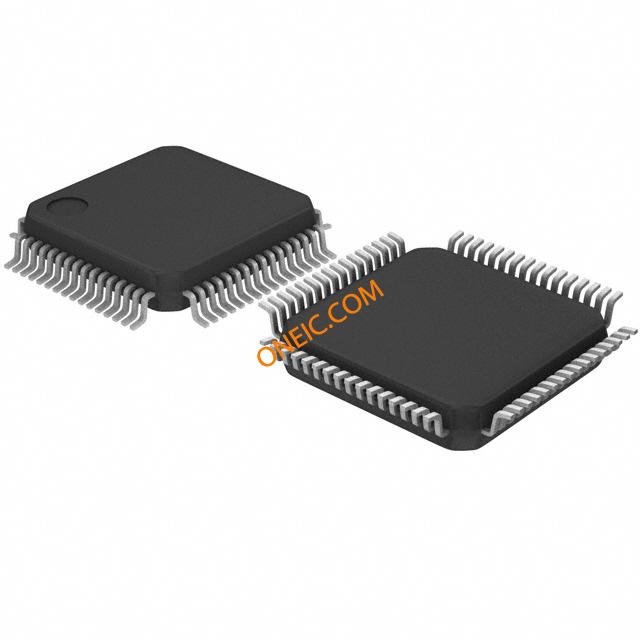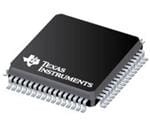MSP430FE4252IPM
16-bit ultra-low-power microcontrollers with 16KB flash memory
Manufacturer: ['analog-devices', 'ti']
series introduction
# Introduction to the MSP430FE4252IPM Product Series
## 1. Overview
The MSP430FE4252IPM is part of Texas Instruments' MSP430 microcontroller family, specifically designed to meet the demanding requirements of various metering and measurement applications. This product series combines high - performance processing capabilities with low power consumption, making it an ideal choice for battery - powered or energy - efficient devices.
## 2. Key Features
### 2.1 Microcontroller Core
- **16 - bit RISC Architecture**: The MSP430FE4252IPM is built around a 16 - bit RISC (Reduced Instruction Set Computing) CPU. This architecture offers a high level of code efficiency, allowing developers to write compact and fast - executing programs. It can handle complex arithmetic and logical operations with ease, enabling the implementation of advanced algorithms for metering and control tasks.
- **Low - Power Modes**: One of the standout features of the MSP430 family is its extensive set of low - power modes. The MSP430FE4252IPM can operate in multiple low - power states, such as standby and shutdown modes. In standby mode, the device can quickly wake up in response to an external event while consuming minimal power. This is crucial for applications where power conservation is a top priority, such as in smart meters that need to operate for long periods on a single battery.
### 2.2 Analog and Digital Peripherals
#### 2.2.1 Analog - to - Digital Converter (ADC)
- **High - Resolution ADC**: The microcontroller is equipped with a high - resolution ADC. This ADC can accurately convert analog signals from sensors into digital values, enabling precise measurement of physical quantities such as voltage, current, and temperature. For example, in an electricity meter, the ADC can measure the voltage and current waveforms with high accuracy, which is essential for calculating power consumption.
- **Multiple Input Channels**: It offers multiple input channels, allowing the device to simultaneously sample multiple analog signals. This is useful in applications where multiple parameters need to be monitored, such as in a multi - function meter that measures both electricity and gas consumption.
#### 2.2.2 Digital Input/Output (I/O) Ports
- **Flexible I/O Configuration**: The MSP430FE4252IPM has a number of digital I/O ports that can be configured for various functions. These ports can be used to interface with external devices such as sensors, actuators, and communication modules. For instance, they can be used to connect to a display module to show the measured values or to control a relay in a power management system.
### 2.3 Communication Interfaces
- **UART (Universal Asynchronous Receiver/Transmitter)**: The UART interface enables serial communication with other devices. It can be used to transfer data between the microcontroller and a host computer, a communication gateway, or other peripheral devices. This is useful for remote monitoring and configuration of the metering device.
- **SPI (Serial Peripheral Interface)**: The SPI interface provides a high - speed serial communication option. It is commonly used to communicate with external memory devices, sensors, or other microcontrollers. For example, it can be used to read data from a non - volatile memory module that stores historical metering data.
## 3. Applications
### 3.1 Electricity Metering
- **Residential and Commercial Meters**: The MSP430FE4252IPM is well - suited for use in electricity meters for both residential and commercial applications. Its high - accuracy ADC can measure the voltage and current waveforms, and the powerful microcontroller core can calculate the active, reactive, and apparent power consumption
Images for reference

64-LQFP

Image Preview

Image Preview